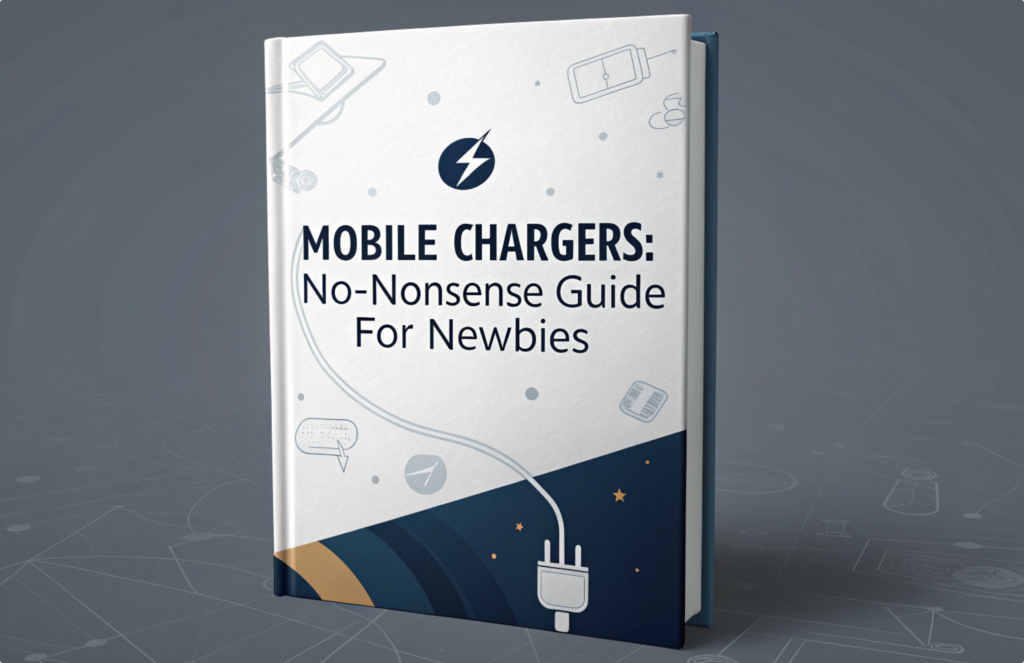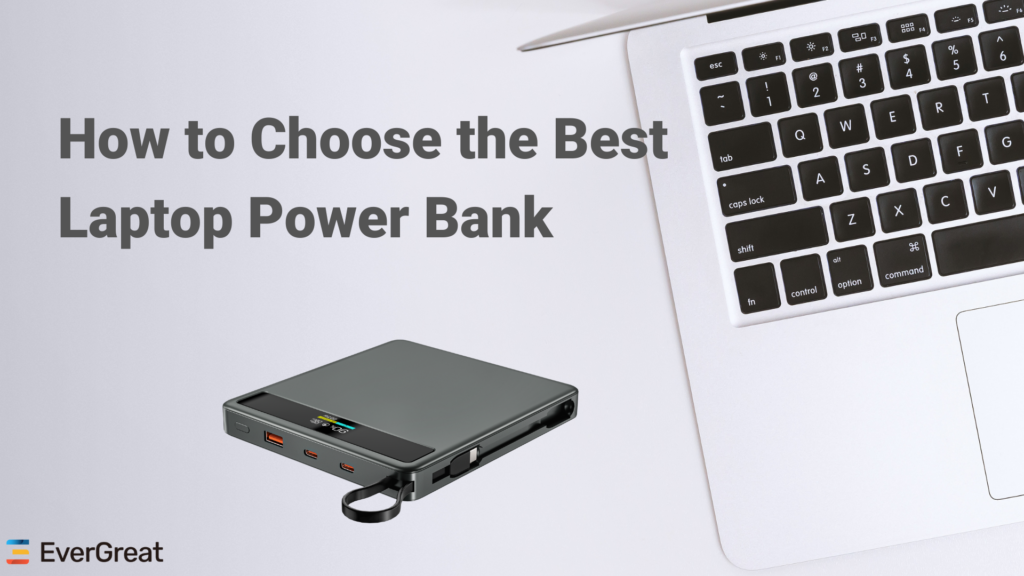With the development of electronic technology and various electronic products, power banks have played a very important role in our daily use. But just like any equipment, it won’t last forever. And unqualified power banks can be a hidden drain on your resources and reputation.
Here are the warning signs your current power bank solution might be holding you back:
1) High Failure Rates & Unexpected Replacements
What it looks like: Frequent returns, DOA (dead-on-arrival) units, or units failing within weeks/months rather than years.
Why it happens: Low-quality cells, poor welding/solder joints, inadequate protection circuitry, or insufficient QA (no burn-in/aging).
Consequences: Direct replacement cost, logistics overhead, warranty claims, and lost customer trust.
2) Inconsistent Charging Performance & Slow Speeds
What it looks like: Same model gives different charging times; users complain about long waits.
Why it happens: Low conversion efficiency, poor choice of PMIC/USB power controller, bad PCB layout, or degraded cells.
Consequences: Degraded user experience and perceived product unreliability.
3) Growing Device Incompatibility & User Frustration
What it looks like: New smartphones/tablets/laptops don’t charge correctly, or only at slow speeds.
Why it happens: Older power banks lack modern protocols (USB-C PD, PPS, QC), or firmware/handshake issues prevent negotiated high-power charging.
Consequences: User frustration, extra support requests, and higher return/exchange rates.

4) Lack of Essential Safety Features & Certifications
What it looks like: Products without multi-protection ICs or missing market certifications.
Why it happens: Cost cutting on protection ICs, skimping on FOD/temp sensors (for wireless), or ignoring certification costs.
Consequences: Safety incidents, regulatory rejection, customs/market access problems, and brand damage.
5) Rapid Capacity Degradation & Short Lifecycle
What it looks like: Nominally 10,000 mAh packs drop capacity much faster than expected within a few hundred cycles.
Why it happens: Low-grade cells, poor cell matching, inadequate BMS balancing, or repeated thermal stress.
Consequences: Increased total cost of ownership (TCO) and dissatisfied end users who perceive product as low quality.
6) Outdated Charging Protocols & Port Options
What it looks like: Only USB-A outputs, no USB-C PD, or insufficient ports for multi-device scenarios.
Why it happens: Legacy designs and refusal to invest in modern PMICs/port controllers.
Consequences: Limits utility, forces users to carry adapters, and reduces resale/wholesale appeal.

7) Negative User Feedback & Brand Reputation Impact
What it looks like: Complaints on social media, poor reviews, and recurring negative comments about reliability or safety.
Why it happens: One or more of the issues above; a weak escalation and after-sales system compounds it.
Consequences: Reduced repeat business, lost B2B partners, and long term damage that’s hard to repair.
👉 If you’re experiencing more than one of these issues, your current power bank solution could be silently costing your business valuable resources and damaging your reputation.
As a supplier with many years of experience in manufacturing mobile power banks, we would like to share the following two points of view with all decision-makers:
1) Think in Lifecycle Cost — not Just Unit Price
Most buyers compare unit price only. But the real cost includes DOA/RMA logistics, warranty servicing, customer churn, and regulatory risk. A slightly higher price for a better cell, better QA and thermal design can halve total cost of ownership. When sourcing, compare suppliers on TCO, not sticker price.
2) Design for Ecosystem Compatibility and Future proofing
Buying “a power bank” is short-sighted; buying a platform that can update (firmware), support evolving protocols, and be configured for different markets is strategic. Suppliers that provide modular hardware (replaceable PMICs, firmware support), documented compatibility matrices, and clear upgrade paths reduce obsolescence risk.









